Your house’s basement is one of the most essential parts of the structure since it ensures the house’s stability and safety. So naturally, you have to take care of it and provide proper maintenance.
And if your basement gets flooded, it’s important to act quickly and pump all the water out as soon as possible! But what if there is no pump in the house?
In this case, you need to read how to drain water from your basement without a pump. In this article, we will explain how this can be done in a detailed guide so that you know what to do if there’s no electricity in the house or you can’t use it.
Also, we will share a couple of alternative methods of water removal that can be used when electricity is on. After you read all this, you will be aware of how to get water out of the basement easily and safely to avoid further damage of the basement walls.
How to Get Water Out of the Basement Without Using a Pump?
Getting water out of your basement may be quite an easy task if you have a pump and you can use electricity to turn it on. This is usually possible if the level of water in your basement is minimal so there is no threat of an electrical circuit.
In this case, you will cope with the issue and dry your basement in just a few days depending on how high the level of water is.
But what if you can’t use electricity due to the high water level and/or you have no water pump at your disposal? In this case, the task turns into a challenge!
Luckily, it is still possible to get the water out of your basement, and it’s not always about mopping. Below, read how to get water out of the basement in this case.
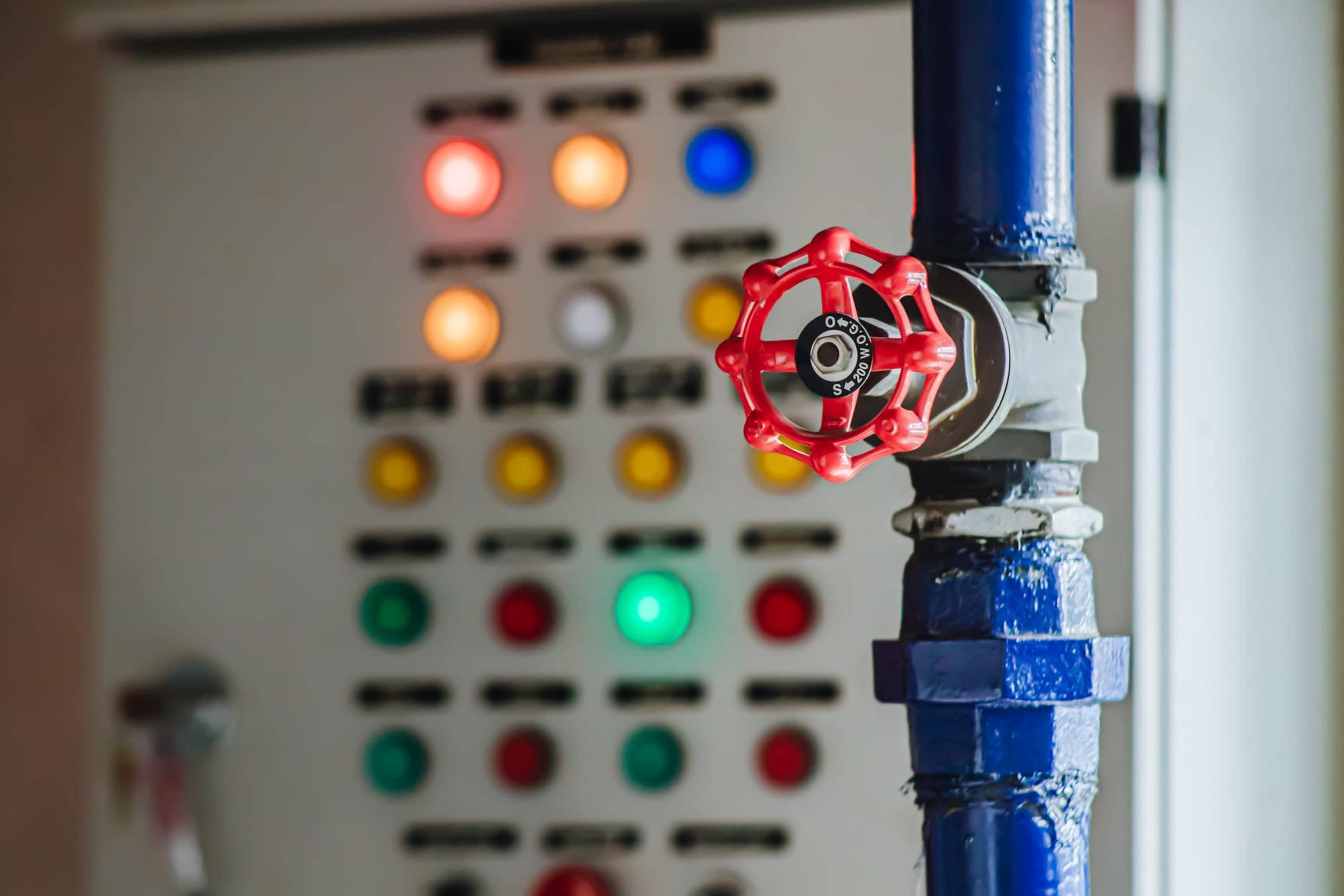
You Can Use a Mop
Don’t worry, we don’t mean you are supposed to mop all the water out of your basement even if it’s ankle-high! But a standard household mop is a great way to start fixing the flood aftermath.
- Take a bucket
- Start soaking up the water with a mop
- Once the bucket gets full, throw it outside, away from your home
- If the water is intense, you can start by scooping it out with the bucket
- Afterward, when the level of the flood is lower, clean up the remaining water
- Remember to empty the buckets at least 20 feet from your house to prevent the water from backing up
This method will be more suitable for minor flooding issues because it’s physically impossible to mop the water if it’s way too much of it!

Try Removing the Excess Water With a Hand Pump
If you can’t mop the excess water because there is too much of it in your basement, or if you don’t have a mop, you might want to try another approach that is less effort-consuming.
You need to pump the rest of the water with a hand pump. Since this kind of pump does not require electricity, you can efficiently use it for dealing even with larger flooding issues.
- Get access to the sump pump hold
- Connect your hand pump directly to the unit
- Then screw your garden hose onto the other end of it
Now the water is ready to be transported from your flooded basement to your garden safely.

Use a Hand Crank Pump If There Is Nothing Else Left
This is another way you can remove the water from your basement and dry it. Simply use a traditional hand crank pump. Sometimes, this option might be the only way you can go, for example, if the electricity and a utility are still out due to the storm.
For sure, using this kind of pump will take a while if it’s just you who is pumping. This is why we would recommend you ask a few people (neighbors, friends, relatives, etc.) to help you get it done faster!
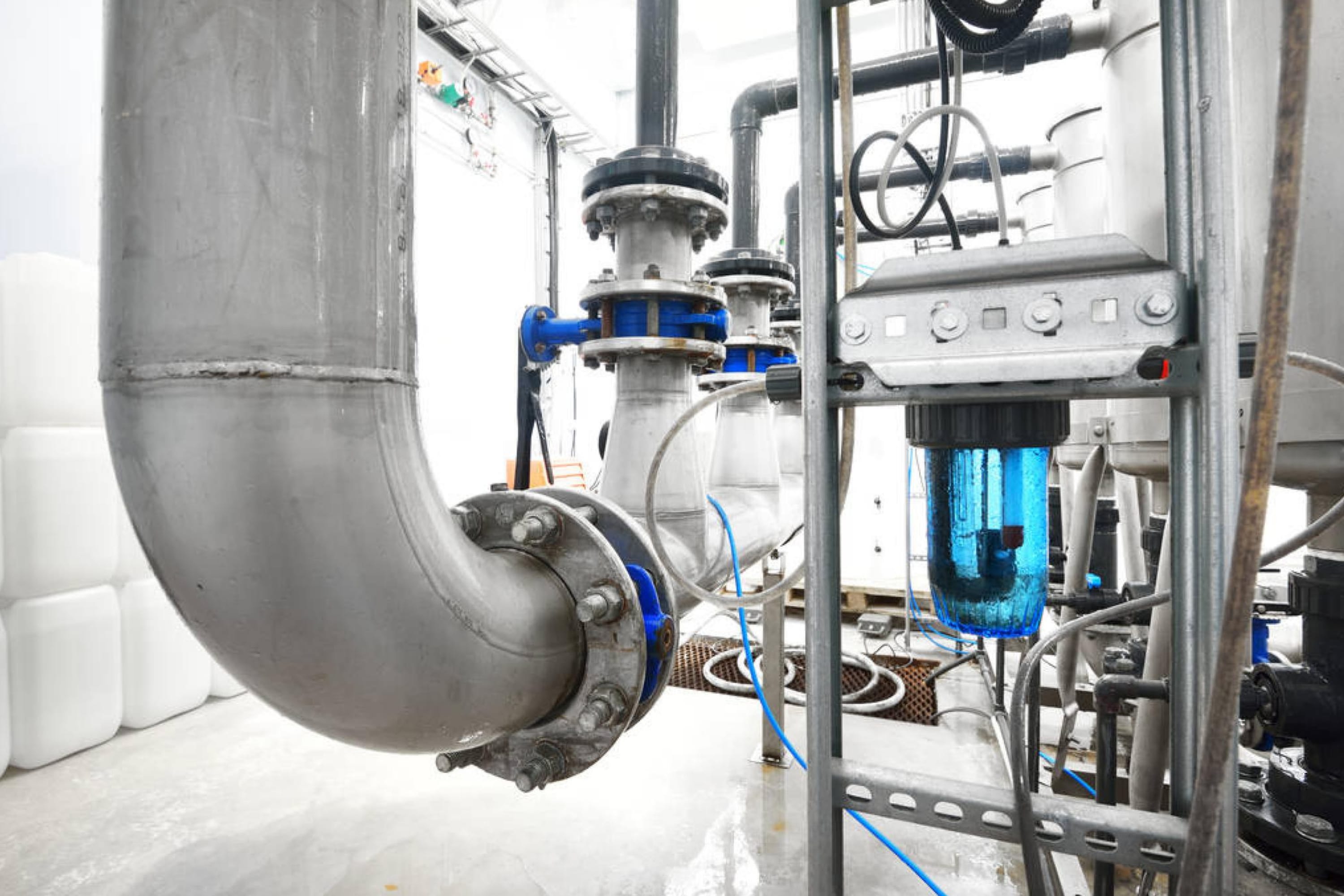
Opt For a Generator
If your basement gets badly flooded and there is no electricity and/or no working sump pump, access to a generator is an ideal way to solve the problem.
A generator can be used to power the sump pump and start the draining process. Besides, this is going to be a simple process since it drains water by itself. If you do have a generator, always make sure it is fully charged, spent, and ready to go in case of an emergency.
So, now you have a few alternative options for what to use in case your basement was flooded.
Each of these solutions is more suitable for the situation when electricity can’t be used around your home due to safety measures. But if you can use electricity safely, you may want to try other ways of water removal instead.
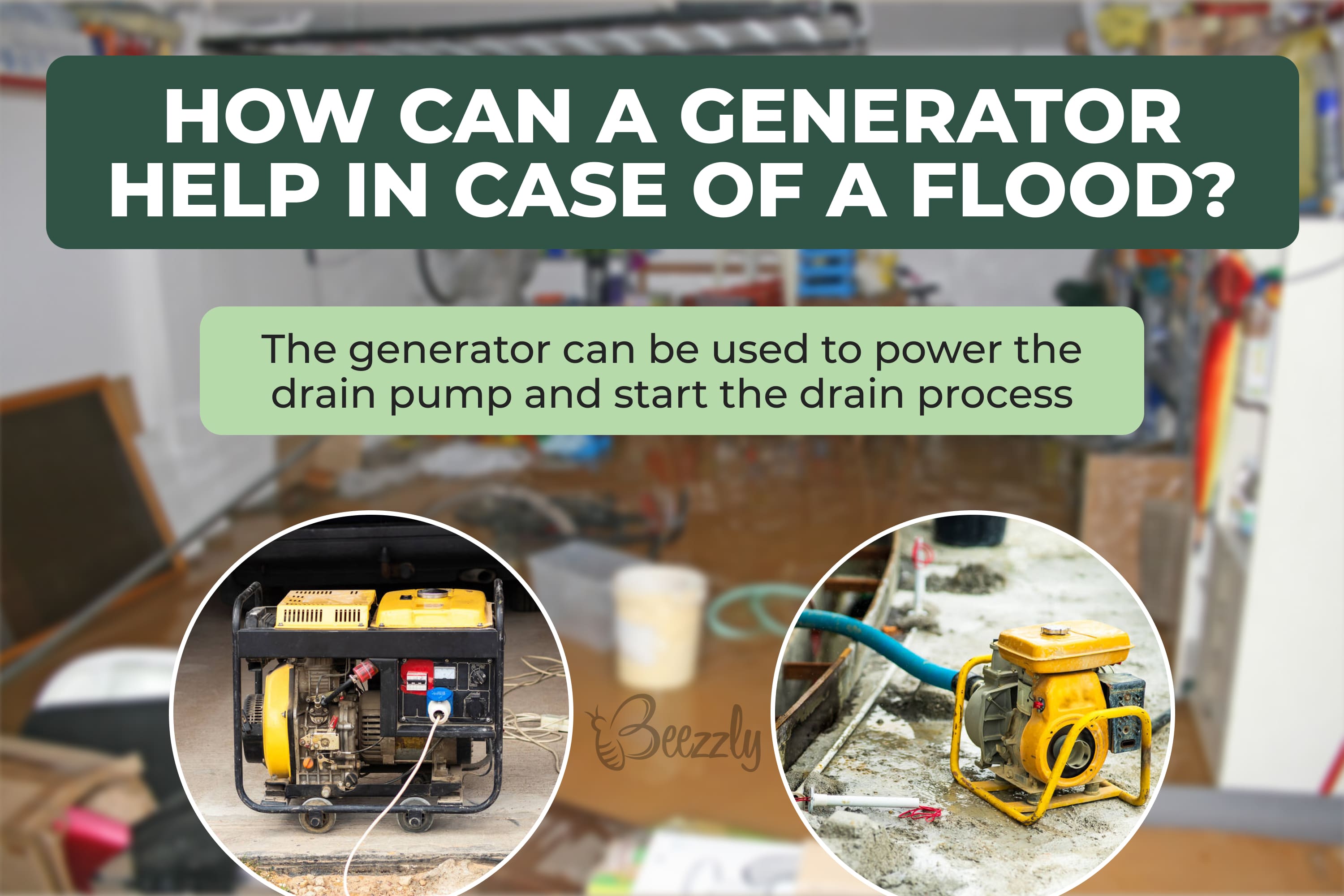
Removing Water From Basement If You Have Electricity
When there is shallow water in your basement, a sump pump is the first aid you have to use. However, sometimes it happens that a sump pump can stop working due to mechanical failure or power outages.
In addition, using a basement pump can be not a safe job if the pump is handled wrong. There are many nuances and things to consider and think about before you start using a basement pump:
When pumping your basement, be aware of such dangers as walls, ceilings, and floors that can collapse due to water damage
You should never pump out your flooded basement until the water no longer covers the floor. Wait until the water completely reseeds itself
When you start pumping the water out of your basement, pump out only a foot of it. Then, with a piece of chalk or a marker, mark the wall and come back the next day to see if the water level went up. If it did, you should not drain the basement yet
If the water level went up, wait another 24 hours and pump another foot of it
Once the water level has stayed at the line you marked on the wall, you can start pumping. Pump at least 1 foot of water per hour until the basement is fully drained
Except for taking these tips into consideration and using them, you should also be aware of the methods that can help you drain the water from your flooded basement if you still have electricity and it can be used safely.

Use a Wet/Dry Vacuum to Get Rid of Water
This way can be your last resort if your sump pump has stopped working, for example, but you still have electricity in your home. In this situation, a wet/dry vacuum will remove water from your basement perfectly well.
Simply turn the vacuum on and start sucking up the water as you move around the basement. Work your way across the room to the sump pit until all the water is gone.
Consider Using a Trash-Water Pump
If you have a large basement that needs to be drained after being flooded, pumping it out with the trash pump is an excellent solution. That’s because this kind of pump is able to deal with any large area of water. Some trash pumps can pump hundreds and thousands of gallons of toilet per hour!
To drain your basement with a trash pump, get two hoses. Attach a solid length of hose to the trash pump’s vacuum side. This is going to be the side of the hose that will get stuck in the water.
The other hose you need will be a flexible spiral hose. Its lengths will be ranging from the distance you need to pump the water
Now you know about the alternative ways of draining your flood basement if you still have electricity in your home and it can be used safely.
Like that, you are now aware of both methods of basement drainage, one group of solutions is suitable for the cases when electricity can’t be used whilst another group consists of the methods that will be suitable for cases when electricity is still on.
Why Is It Important to Drain Your Flooded Basement In Time?
Everyone knows that a house’s basement should be kept safe and dry, otherwise, it may cause serious problems to your home. But what exactly can happen if there is water in your basement and you don’t remove it in time?
Most of us would think about wall paint chipping and peeling, or about cracks on the walls first of all. And to a certain point, these are also among the possible issues that water may cause.
However, they are not the only ones. There are also a few other signs of water damage in your basement:
- Standing water, puddles
- Mold
- Mildew
- Damp air
- Musty odor
- Cracks
- Crumbling
- Efflorescence
- Flaking/peeling paint
- Uneven floor
- Rotten wood
- Wet drywall
All these factors, if left unattended, may lead to more serious basement damage that will sooner or later result in unstable walls and potentially hazardous construction! This is why the second you notice any of these signs, you need to take care of them. Find the core issue and fix it to keep your basement dry and safe.
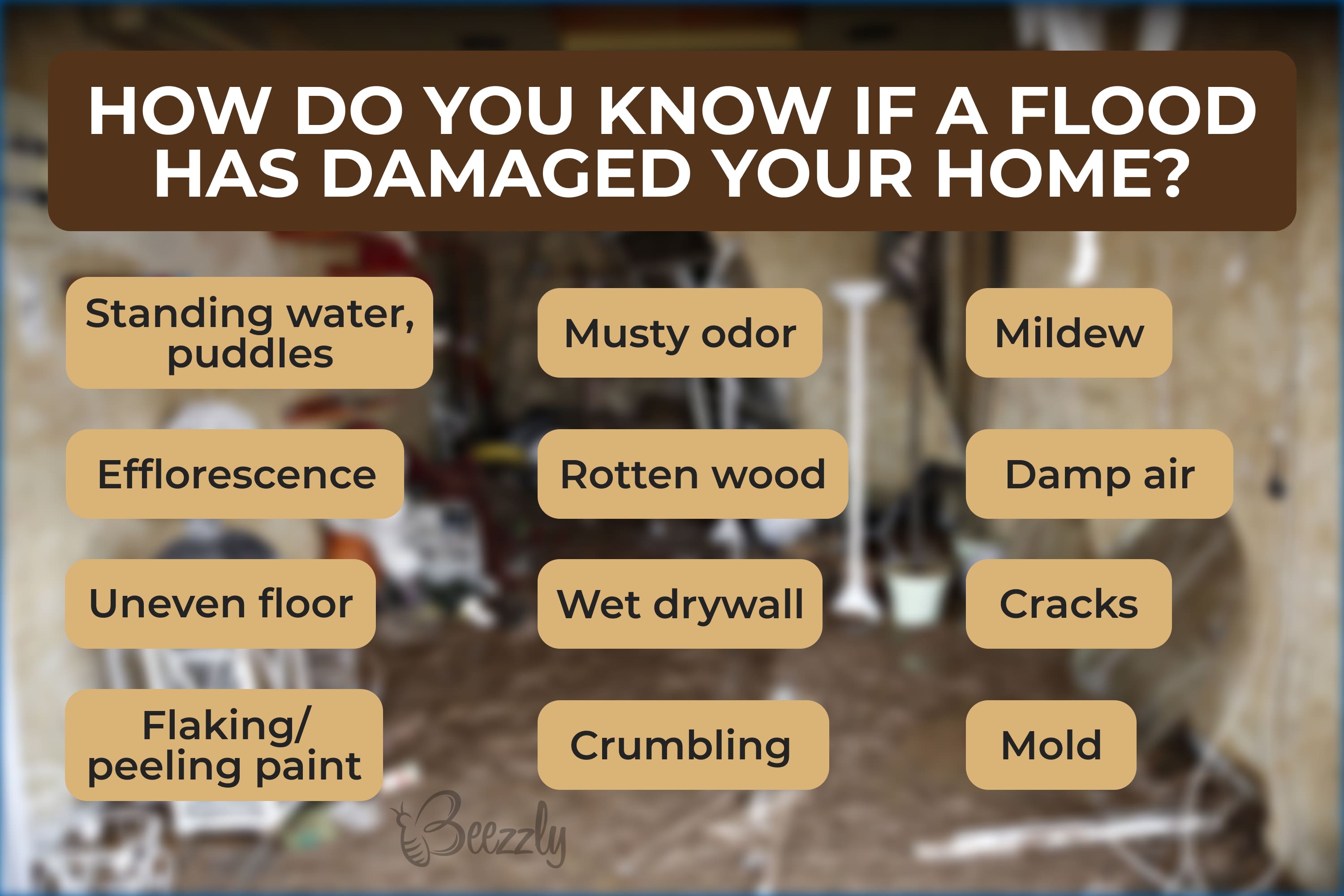
Well, now you know all that you need to know as a homeowner to be able to determine any water damage in your home and in your house’s basement.
In particular, you are now aware of how to remove water from your basement if you don’t have a pump. Also, you know what actions should be taken if you have a pump but it can’t be used due to unstable electricity.
We shared a bunch of alternative drainage methods with you as well. With their help, you will be able to remove water from your basement with nearly anything from a regular household mop to a pump.
You also know in what cases each of these tools might be more useful.
Finally, now you have a list of signs that will clearly show you your basement is in “watery” danger! With all this in mind, you will be able to protect your home’s foundation from any issues and hazards connected with floods.
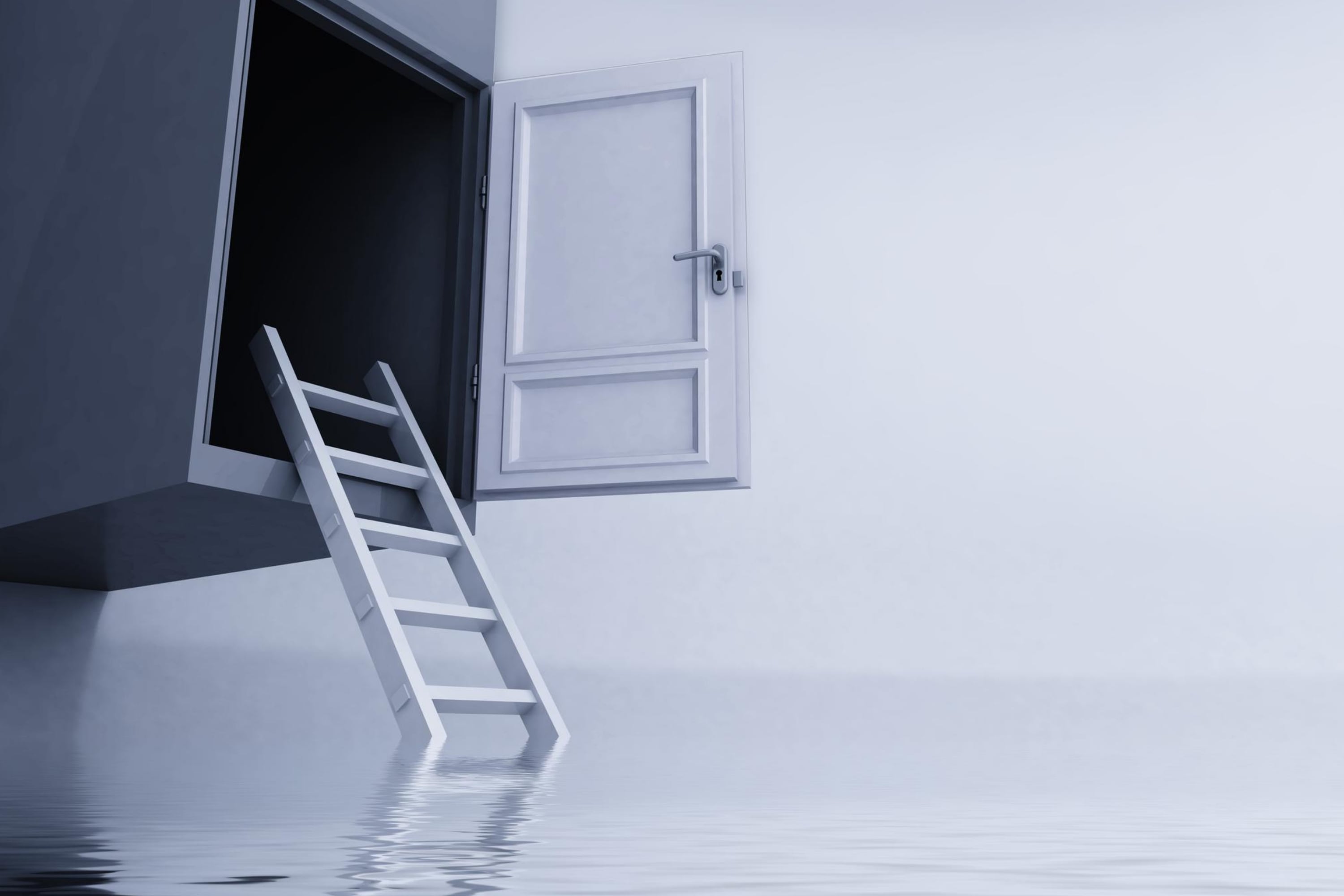
[wp-faq-schema title=”Frequently Asked Questions”]

Hello! Thank you for such a useful article. I’d also like to ask you how to pump a basement with a service pump? Thanks a lot in advance.
When using a service pump, you should replace anything porous if it were saturated with water to avoid the risk of mold growth. This includes drywall and carpets. For walls, remove drywall and allow the wood framing to dry completely before installing new drywall. You might want to use a dehumidifier to speed up the drying process.
What is the best way to deal with a small leak in my basement? There’s not much water in fact. I could just find a couple of small puddles.